Mobility Lab Helsinki: lessons learned from our smart mobility testbed
The experiments and pilots of Mobility Lab Helsinki always stemmed from a genuine need to develop solutions for smoother, safer, and more sustainable mobility. What did we learn and how do we proceed from here?

The co-project of Business Helsinki and Forum Virium Helsinki, Mobility Lab Helsinki, has provided companies and research institutions with a pathway to test new smart mobility solutions in a real urban environment.
A significant part of our activities has focused particularly on the districts of Jätkäsaari and Ruoholahti, which have been ideal for testing new products and services: this developing area offers a diverse range of mobility forms, including port traffic.
We have received praise from companies for our ability to find the right implementation sites for trials in the urban environment and to involve the appropriate city stakeholders in the trials. Through our testbed activities, we promote companies’ research, development, and innovation, as well as the creation of new business, while providing better solutions for the city and its residents.
What have we learned from the project, and how do we continue our smart mobility testbed activities?
The Mobility Data Catalog supports the development of smart mobility
When discussing testbeds, the question often arises: what happens after the pilot, and how can RDI (Research, Development, and Innovation) activities be supported in the long term through pilots? We addressed this challenge with the Mobility Data Catalog, which compiles relevant datasets for the development of smart mobility. The Data Catalog provides support and continuity for the period following innovation experiments.
The openness and sharing of data excite Michael Dubbeldam from Technolution:
– It was a great opportunity to be involved in producing data that is also beneficial for other new solutions. We noticed that you handle and verify the data you receive carefully. This system creates continuity for pilots and makes it truly possible to learn something from them.
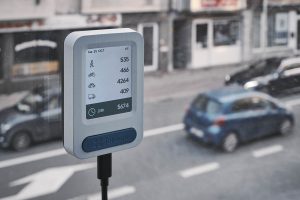
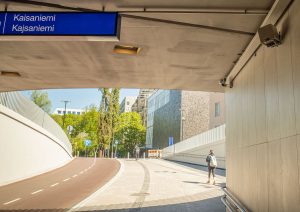
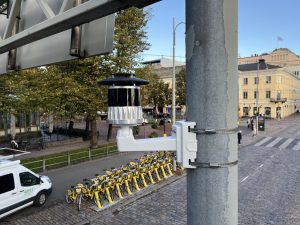
Smarter mobility in collaboration with city residents
The ideas, needs, and wishes of Helsinki residents have always been an important part of Mobility Lab Helsinki’s activities. For several years, we participated in a resident festival held in Jätkäsaari. At the community event, we discussed the development of smart mobility in the area with locals.
– Mobility Lab Helsinki has clearly become a familiar project to the residents of the area. We have involved locals in the ideation and implementation of our smart traffic experiments and collected feedback from them since the beginning of the project, says Juho Kostiainen, Project Manager of Mobility Lab Helsinki at Business Helsinki.
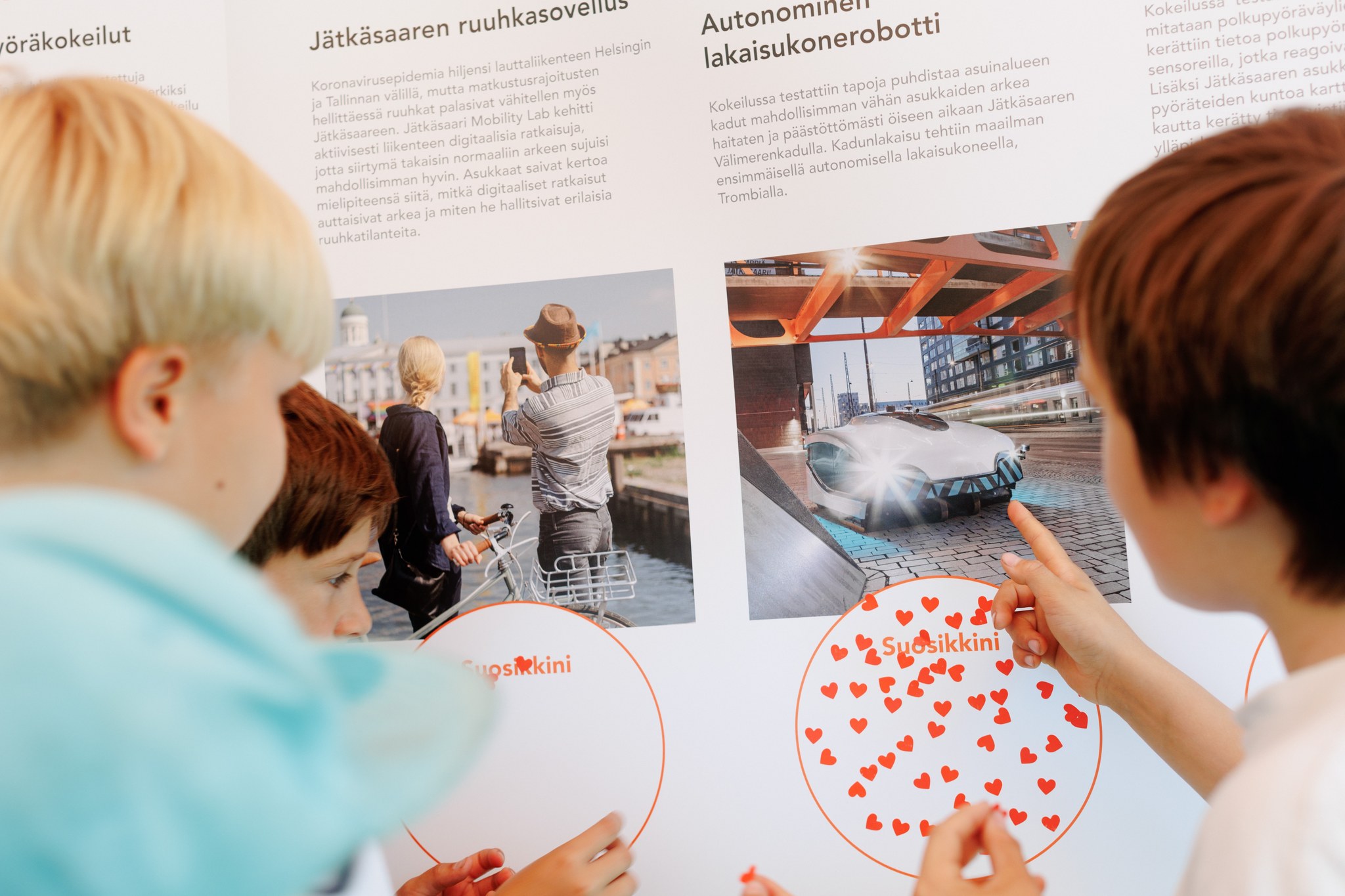
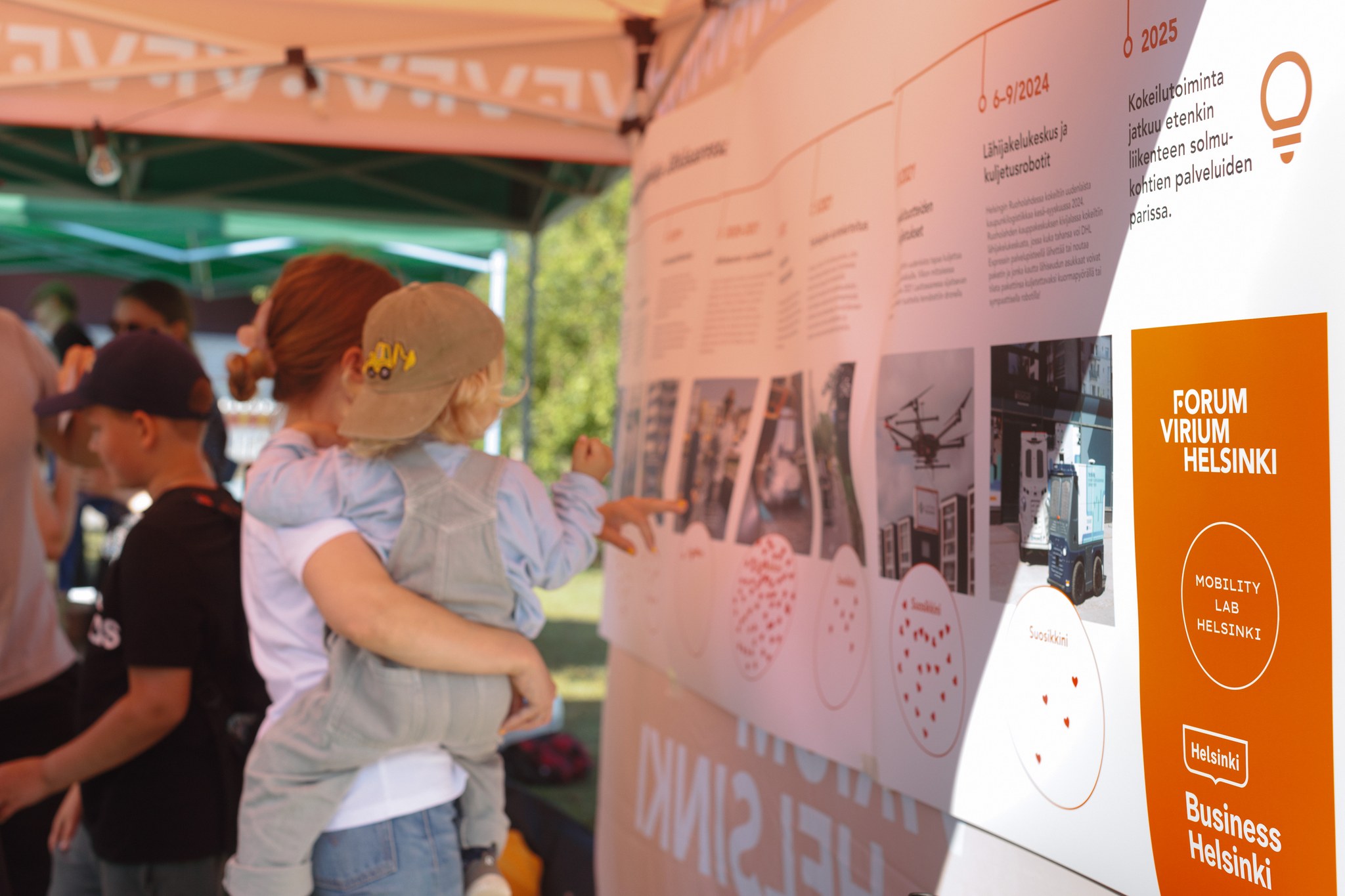
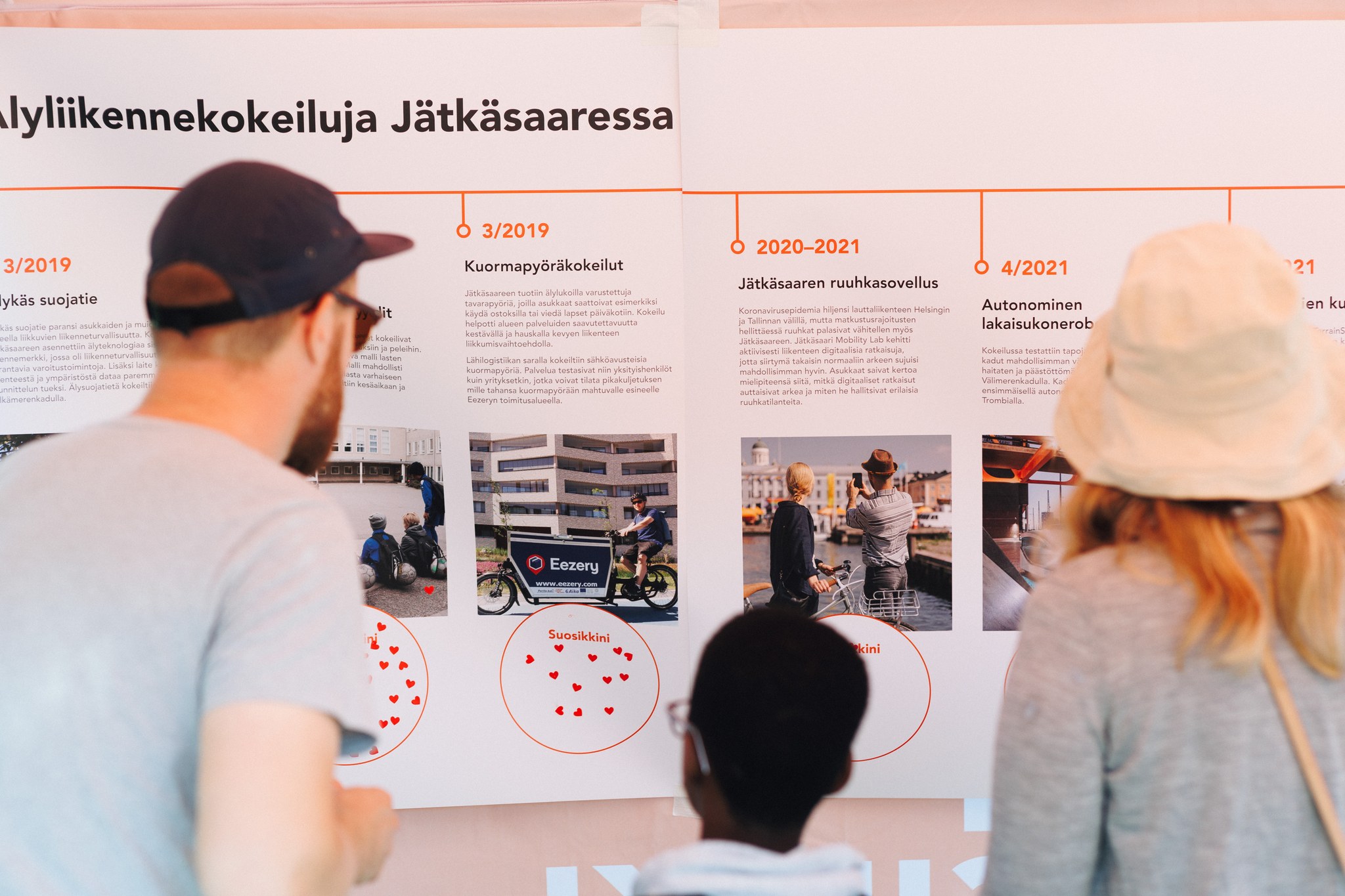
Everyone benefits from the testbed: companies, residents, research, and the city
In our smart mobility experiments, we have e.g. developed Helsinki’s digital twin. The mobility digital twin is a virtual model of the city’s traffic system. It gathers information from various sources, such as traffic counts, public transport schedules, and weather data. The digital twin can be used for traffic simulation and testing new solutions.
– The most beneficial part of the experiment was getting to know the different actors in the city and discussing with those who will use our technology and have a genuine need to develop. It feels like our capabilities and expertise truly met the city’s needs, reflects Peter Tapio from Webion, which was involved in developing the digital twin.
We have tested a wide variety of innovative solutions in a real urban environment. In one experiment, we investigated whether technology based on AI and computer vision could encourage safe electric scooter riding. The goal was also to identify areas for improvement in the city’s infrastructure from a traffic safety perspective.
– I welcome all projects related to and promoting traffic safety positively. It’s good that such experimental activities are organized – it allows for failure and learning new things, reflects Chief Inspector Dennis Pasterstein, who is responsible for traffic surveillance in Helsinki, participating in the experiment’s demo event.
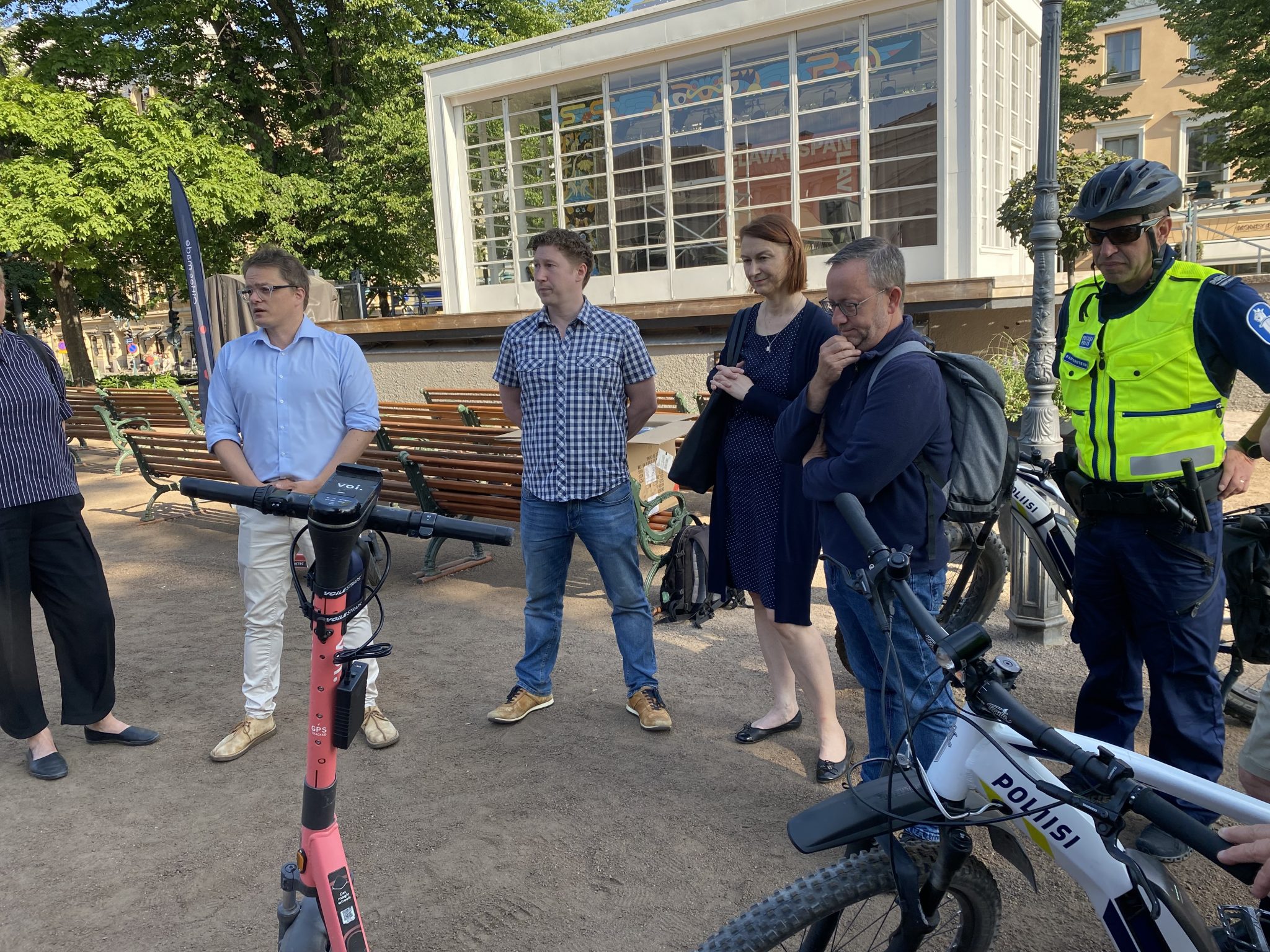
Challenges and new opportunities
The successful journey of Mobility Lab Helsinki has also included challenges. Finding stakeholders and resources requires a lot of work: for example, a suitable location, installations, permits, costs, and the time used for the experiment must be carefully coordinated. Recruiting the right end-users, i.e., testers, also depends greatly on interest. We remind companies that an experiment does not mean a procurement promise. The experiment provides many good lessons and momentum for product development, but after the experiment, the ball is in the company’s court.
Although the Mobility Lab Helsinki project ends at the end of 2024, our work on the topic does not stop! We will continue our innovation activities and the development of smart traffic by strengthening regional cooperation: the SOLMU project will start at the end of 2024 and last until the end of 2026. In SOLMU, Forum Virium Helsinki, Business Helsinki, and the City of Espoo will collaboratively develop business activities related to mobility services, especially mobility points at traffic hubs and related commercial service offerings. Stay tuned!
Photos: Community event, Vesa Laitinen; e-scooter pilot, Ella Niemi; sensor pilots, Jussi Knuuttila

